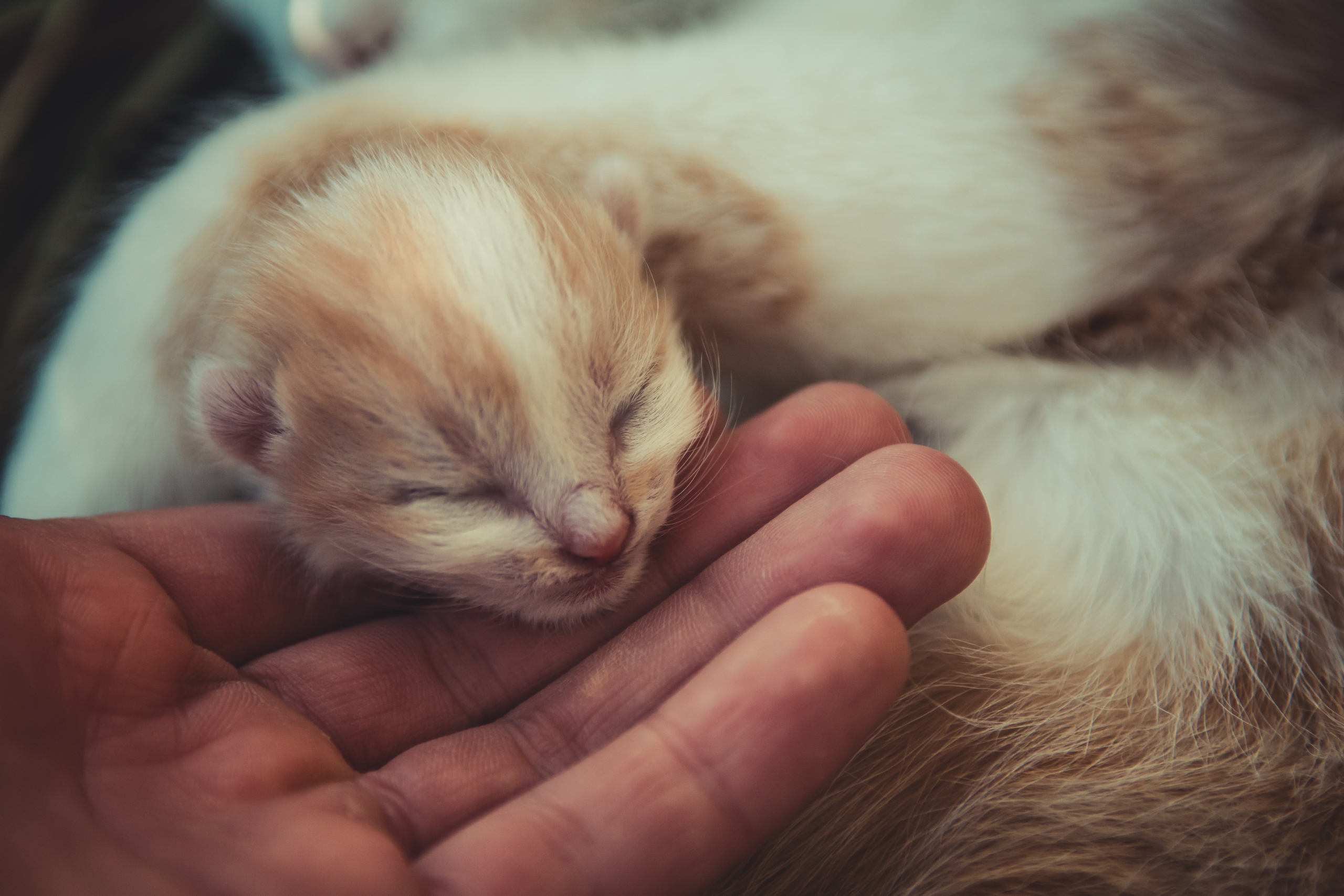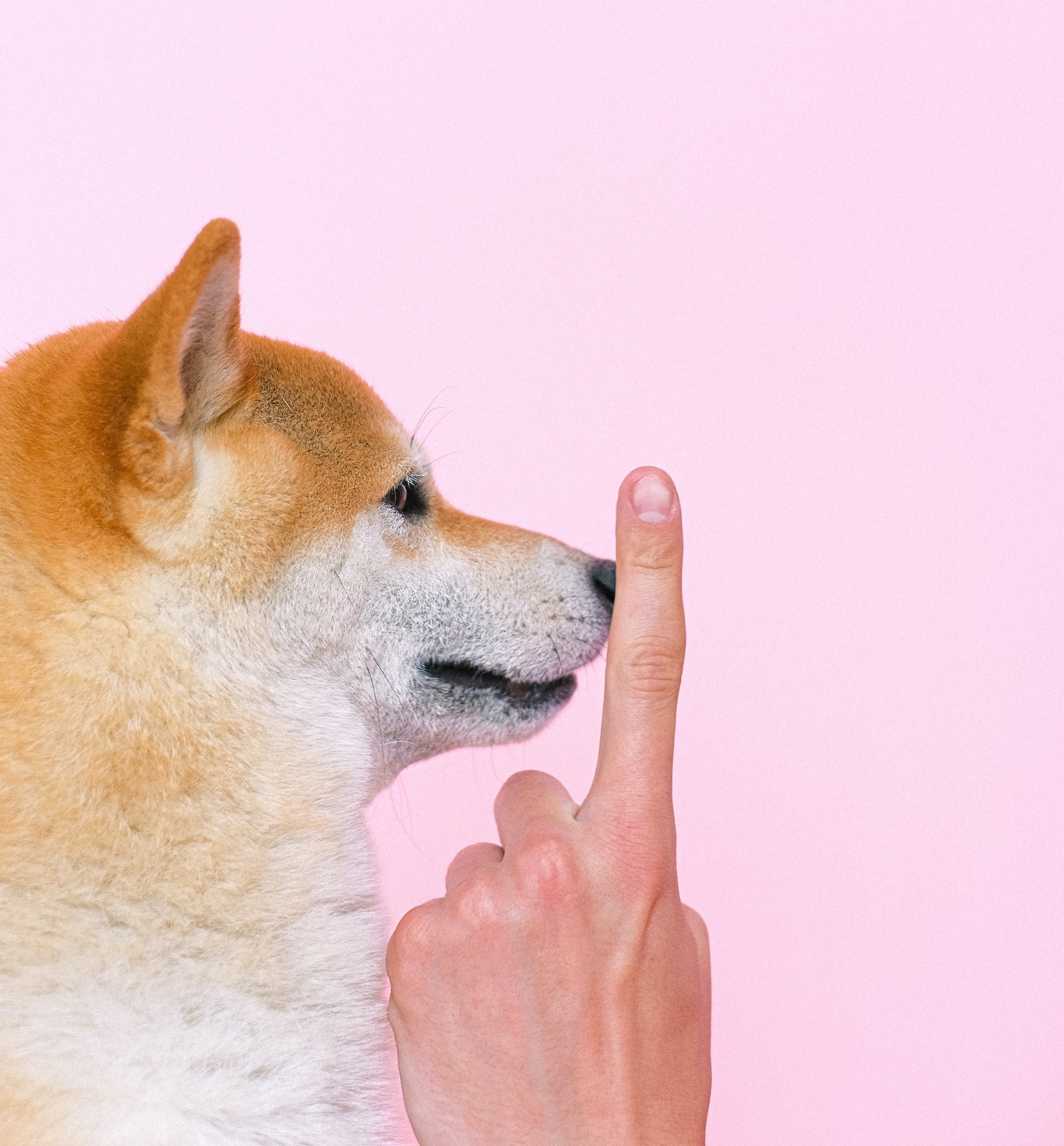So you’ve gone through the stages of finding out your cat is pregnant, birth and now, finally, actually meeting the kittens. While the last stage is definitely the most exciting one, it is also vital that you keep a close eye on the kittens during this time.
This, of course, is mainly to keep an eye out for the weakest member of the litter.
What is the weakest kitten of the litter?
The weakest kitten can be defined as the smallest, and, as revealed by its name, the weakest member of your cat’s litter. With this being its defining features, it goes without saying that it’s going to need a little extra help growing up. There can be one or multiple kittens with such qualities in a litter, especially if there are many.
How to identify the weakest kitten
- Smallest kitten(s)
- Not being fed by the mother
- Not being groomed by the mother
- Weak
Once you’ve identified this kitten, it is important to immediately take it under your care. By instinct, the mother cat will only provide and look after the strongest members of her litter and will not direct her resources towards a kitten she feels will not survive. In extreme cases, the mother cat may hide the kitten, or even resort to cannibalism and eat it.
Although this information is unpleasant to take in, it is quite a common occurrence and should be expected- just keep in mind that this is how nature works and that your cat is not evil and malicious.
Being incredibly dependent on their mothers for food, warmth and grooming, neglected kittens often die of hunger, hypothermia, or indigestion. Thus, it is your responsibility to take care of it.
Without further ado, here’s our breakdown of the 5 ways in which you can look after the weakest kitten.
1. Feeding
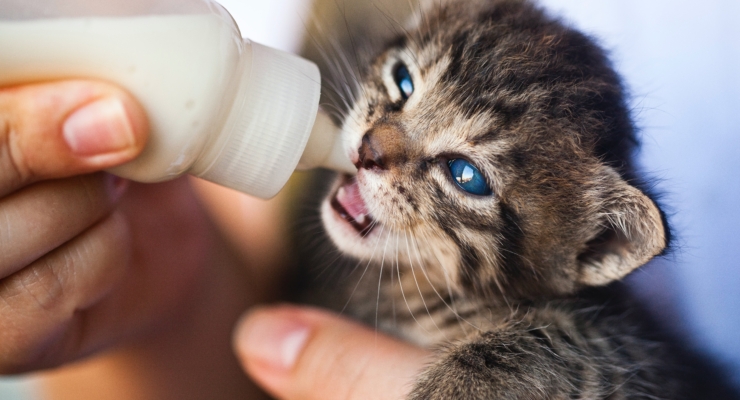
As aforementioned, this kitten can often be identified as the kitten that is not being fed by its mother. If this is the case, it is always best to try and help the kitten feed off its mother before you resort to bottle-feeding it yourself.
You can do this by gently squeezing the mother’s teat and guiding the kitten towards it so it’s easier to latch on to. You may have to monitor every single time they are being fed to ensure that they don’t starve. Kittens need to feed every 2 hours, so keep track of when your cat’s next feeding session is due.
If this proves to be difficult, you may resort to bottle feeding the kitten. It’s important to remember that kittens can’t just have any kind of milk as they could lead to digestive issues. Thus, it would be ideal to purchase a KMR (Kitten Milk Replacement) from your vet.
Milk replacements tend to be expensive, however, they come packed with all the nutrients that are vital for healthy development during this stage. The next safest option to give your kittens would be goats milk.
If you’re unsure of how to bottle feed a kitten, check out our article that will take you through the process step-by-step.
2. Warmth
Kittens cannot regulate their own temperature and are reliant on their mothers for warmth. As the weakest kitten of the litter is excluded from her care, it’s important to make sure that it is kept comfortable and is not running cold.
Do not separate them from the rest of the litter- instead, take extra care to line their nest with a towel or blanket to keep it nice and warm. Apart from that, you could also use hot water bottles and other heating pads, but make sure the temperature isn’t unbearable for the kittens as they could get hurt.
You may also warm your kitten by holding it against your bare skin. While it may be too much for you to wake up every 2 hours just to snuggle, this level of affection can lead to great improvements in the kitten’s health- as you will soon see.
3. Grooming
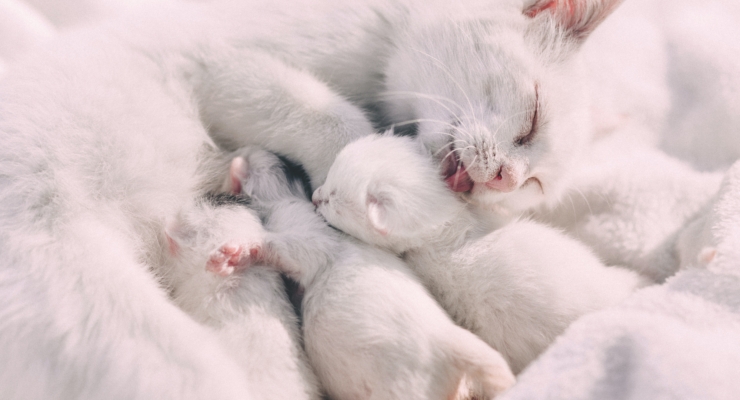
By instinct, your cat will groom her kittens in order to keep them clean, but it also has another purpose. By licking their bellies and lower bodies, she is able to stimulate digestion and help them pass waste. As they cannot do so themselves, they will be unable to excrete in the absence of her care, and could suffer from indigestion.
To simulate its mother’s tongue, take a towel dampened with warm water and use it to rub your kitten’s lower regions the same way its mother would do to the rest of the litter. You may have to do this after each feeding session.
As the mother is also inclined to clean up after her kittens, you may find that you will have to do so yourself when it comes to the weakest ones.
4. Affection
Without being nurtured by its mother, the kitten is entirely reliant on you for everything- including affection. Apart from providing warmth, as aforementioned, skin-to-skin contact with your kitten will also prove to comfort it- especially since it will be able to hear your heartbeat.
Although looking after an abandoned kitten is a tiresome, even dreadful job, do keep in mind that it is not its own fault, and it deserves to be loved just as the others do- perhaps even more.
5. Monitoring
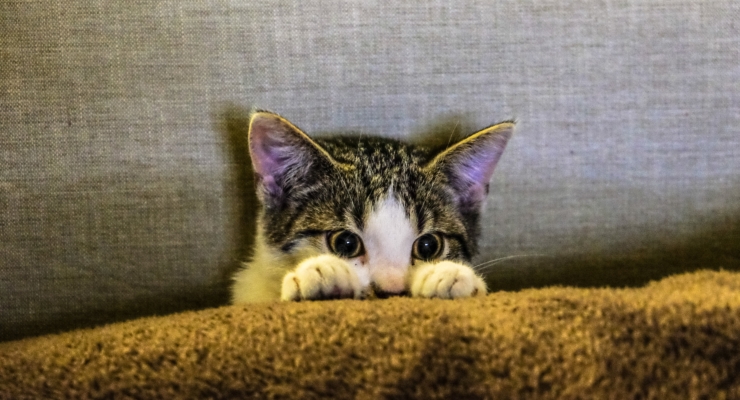
Not all improvements are immediately visible, and it’s important to keep track of them so you know that your efforts are working. Thus, it is vital that you regularly monitor the health of the weakest kittens.
Firstly, check it’s temperature. At a week old, their temperature should be between 35-37.2° C, 36.1-37.7° C at 2-3 weeks, and 37.2-38.3° C past the 3rd week.
For an accurate reading, use a thermometer, however, you can also check to see if a kitten is chilled by touching their ears, the inside of their mouth and the pads of their feet. If they feel cold, that means the kitten’s body temperature is too low, in which case you should check in with your local vet.
Secondly, check its weight. If you have been monitoring the kitten’s feeding or even bottle feeding it yourself, you’re going to want to see a steady weight gain. If your kitten does not seem to be gaining weight, it is best to seek professional advice.
Finally, monitor your kitten’s stool and urine- all you need to do is ensure that they are being passed normally. If your kitten has diarrhea, it could be a bad reaction to the kitten formula or goats milk. If this is the case, you should visit your vet.
To learn more about what it takes to properly look after our kitten, check out our article that will help you get through the basics.
If you are struggling, do reach out to a professional in your area who can help you and your kitten get through these difficult times in the best way possible.
Overall, taking care of the weakest kitten of the litter is definitely not an easy task to do, and can be emotionally and physically draining, especially if it does not survive. However, the reward of seeing a healthy kitten makes the time and effort worth it.

